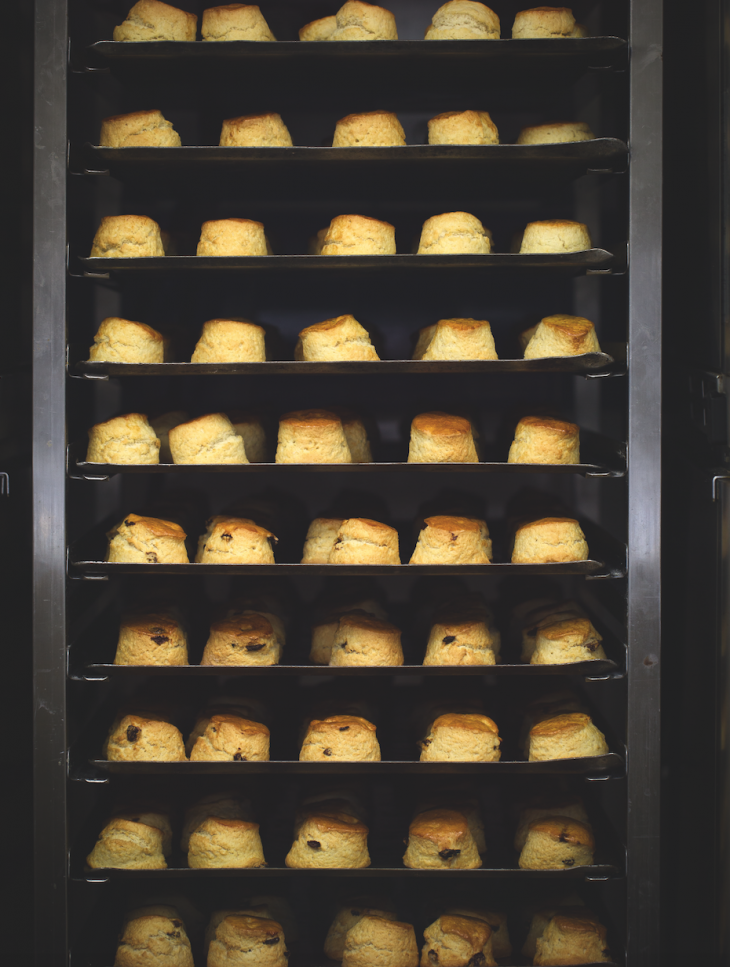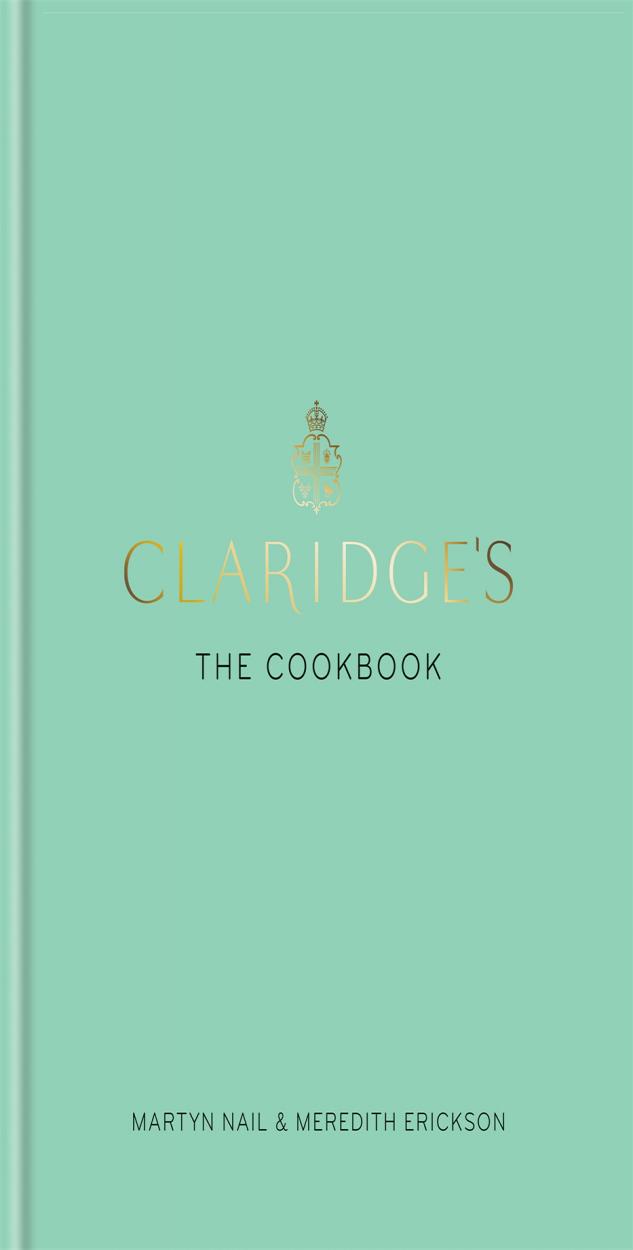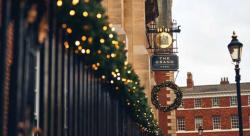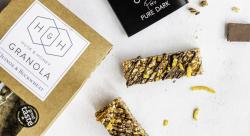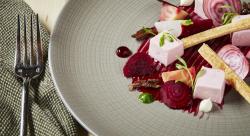Makes 12
This recipe is a timeless classic, carefully refined in Claridge's kitchen over generations. They offer two options: plain and with raisins. What makes the perfect scone is a much-debated topic around the U.K.: How big should it be? What’s the ideal texture? What’s the timing on the rise? Cracks or no cracks on the sides? The Devon way (cream first) or the Cornish way (jam first)? Claridge's serve more than 150,000 scones a year in the morning and at teatime, with Cornish clotted cream and Marco Polo tea gelée (a lip-smacking preserve of bergamot, strawberry, vanilla and pepper, made by their Parisian friends at Mariage Frères). And by the way, in their view, the cream goes on first followed by a teaspoon of jam. Of course, the order of ceremony should always be to the guest’s taste.
Note:
We recommend you start this recipe the night before, so the flour and butter mix can be thoroughly chilled overnight.
Ingredients and tools:
Standing mixer fitted with the paddle attachment
Rolling pin
2-inch (5-cm.) pastry cutter
Baking tray, lined with baking paper
Pastry brush
11 1/2 oz. (330 g.) plain flour, plus extra for dusting
2 1/4 oz. (60 g.) caster sugar
1 1/2 tbsp. baking powder
1/4 tsp. salt
3 1/4 oz. (90 g.) cold unsalted butter, cubed
2 1/2 oz. (70 g.) raisins (optional)
3 3/4 fl oz. (110 ml.) buttermilk
3fl oz. (90 ml.) milk
1 egg, beaten with a pinch of salt, for the egg wash
Directions:
In a large bowl, combine the flour, sugar, baking powder and salt, then add the butter and rub into the flour mixture with your fingers until you have a fine crumb (you could also pulse this five to six times in a food processor to achieve the same sandy texture, but it’s almost as fast to work by hand). If you’re making raisin scones, stir the raisins in now. Transfer to a smaller container, cover and leave to rest in the refrigerator overnight, or until thoroughly chilled.
The next morning, preheat the oven to 475 degrees Fahrenheit (240 degrees Celsius), Gas Mark 9.
Transfer the butter and flour mixture to the standing mixer. Slowly mix in the buttermilk and milk until the dough comes together.
On a lightly floured surface, roll out the dough to form a circle, about 8 inches (21 cm.) in diameter and 3/4 inch (2 cm.) thick, then cut out 12 scones using the pastry cutter. Transfer the scones to the prepared baking tray.
Using a pastry brush, carefully brush the tops with the egg wash. We like to let our scones sit out for 20 minutes at room temperature to give the baking powder a chance to activate before we bake them.
Bake until evenly golden, about 12–13 minutes. Leave to cool for 5 minutes, then serve warm.
To serve:
We strongly suggest serving these only on the day of baking. Leftover scones can be frozen and will remain good for up to three weeks: as needed, defrost completely, then reheat in a preheated 350 degree Fahrenheit (180 degree Celsius), Gas Mark 4 oven for 3 minutes.
— From “Claridge’s: The Cookbook” by Martyn Nail and Meredith Erickson/Mitchell Beazley Publishing



